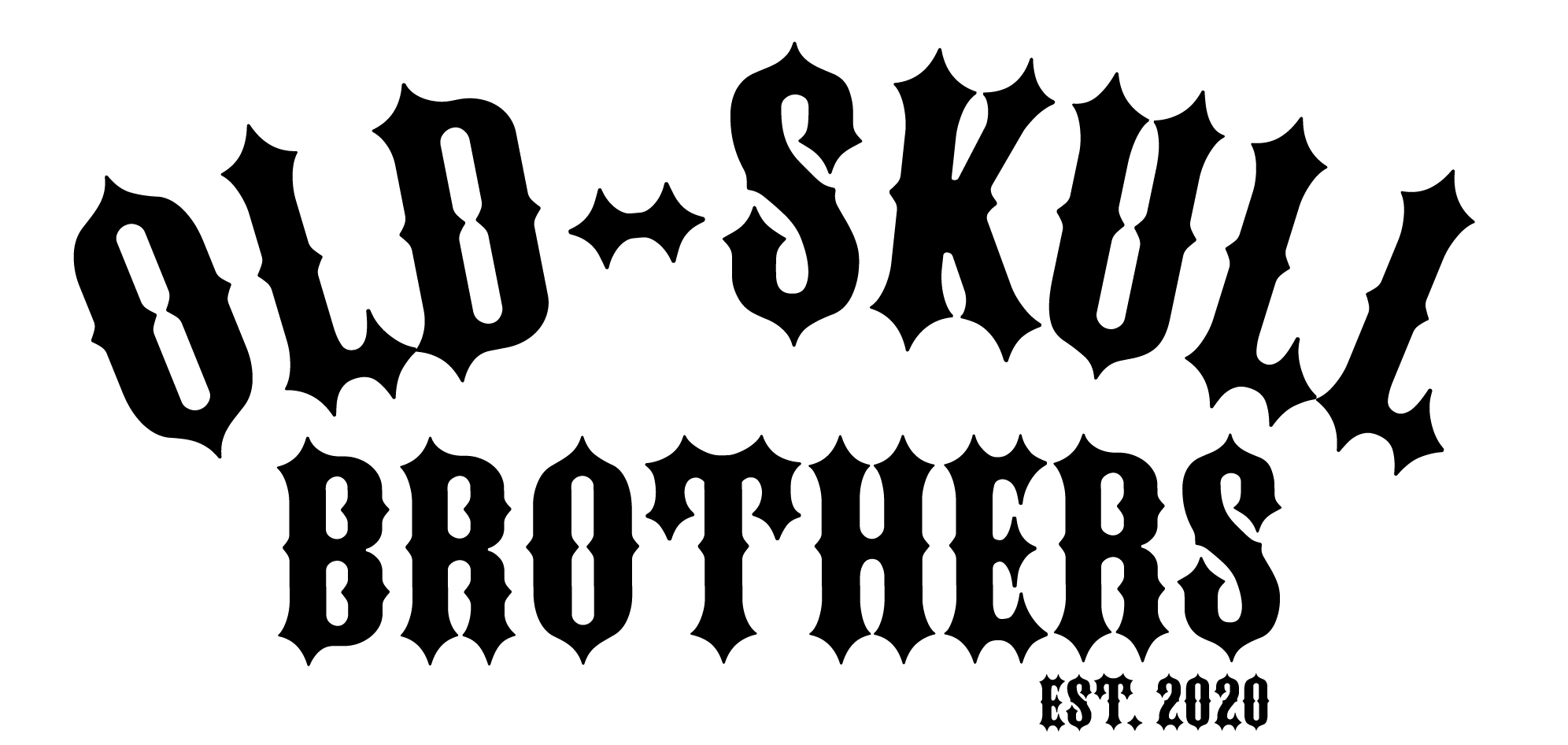The coating of our screws
We have deliberately opted for PVD coating for our products.
By presenting you two other possibilities and their disadvantages, this decision becomes clearer.
Spray paint
Who doesn't know it? With the spray can, the desired screw is quickly repainted and allowed to dry overnight in the basement. But during cultivation, the first contact with the tool follows and before you know it, the first scratch has already occurred.
Powder coating
The powder coating is similar, which is harder than spray paint, but builds up very strongly. This can lead to the screw not getting tightened without destroying the coating.
That's why we use the PVD coating. This technique produces excellent results in the decorative as well as in the functional field.
Here are the essential features summarized:
What are PVD coatings?
PVD stands for "Physical Vapour Deposition" and is a vacuum-based coating process.
In this process, the starting material is brought into the gas phase. In a vacuum and at a temperature of about 500°C, thin layers are evaporated over the gaseous state.
The process:
In the first step, the screw is cleaned mechanically and chemically.
The screw is then coated in a suitable frame at about 500°C in a vacuum chamber. During coating, the screw is permanently kept in motion with a planetary gearbox. This ensures that the coating is applied evenly. The entire process takes between 4 and 7 hours.
Finally, the screw cools in the air and is then carefully sorted by hand.
Properties of the coating:
- Due to a high degree of hardness and good adhesion to the surface, the paint is prevented from chipping off (even if screwing and unscrewing several times)
- Very low layer thickness of 2-4 μ, the screw fits perfectly in the tool
- Protection against wear
- Optical finishing.
- Extremely dense structure
- Chemically stable
